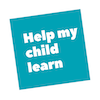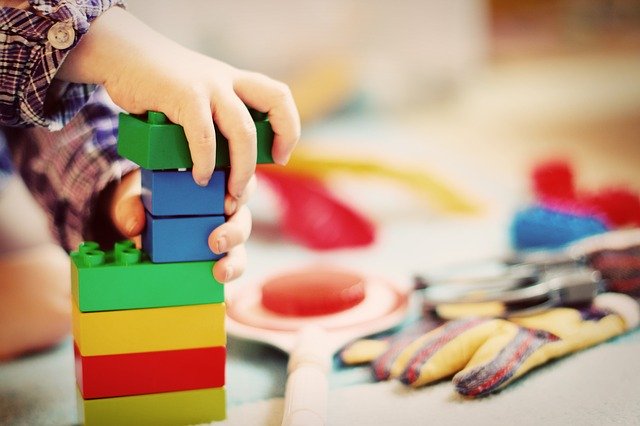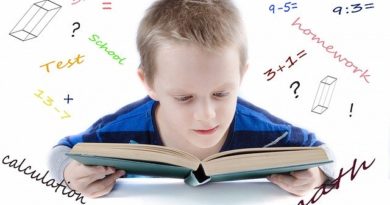Does Your Child Have a Learning Disability? A Quick Screener.
 At the very beginning, when you suspect that your child might have a problem, it can be hard to figure out your first steps. But if your child’s behavior or performance is significantly different than their classmates, and the teacher isn’t stepping forward, flagging them, then it’s time for you to change from pleasant, “I’ll follow directions” parent into “Hi there, I have some concerns and I’d like to talk” parent.
At the very beginning, when you suspect that your child might have a problem, it can be hard to figure out your first steps. But if your child’s behavior or performance is significantly different than their classmates, and the teacher isn’t stepping forward, flagging them, then it’s time for you to change from pleasant, “I’ll follow directions” parent into “Hi there, I have some concerns and I’d like to talk” parent.
Right at the very beginning, there’s often a big question: are my child’s problems really significant?
It’s important to do your research and make sure that you have information when you deal with schools. At the very beginning, a checklist can help tell if your child has a learning disability.
How to Tell if Your Child Has a Learning Disability
Unfortunately, learning disabilities are rarely identified cleanly and neatly by teachers or the educational system. Many LDs don’t show up right away, and children, who hate to stand out, become adept at hiding differences. But if you are hearing from teachers that your child is lazy, if your child is under-performing at an early age, and if your bright, beautiful child seems to be having unexpected problems at school, then start looking. One of the things to remember is that you know your child. You’re with your child 24 hours a day.
We have all sorts of information for you, but let’s just keep things simple for now.
First Thing to Know: Learning Disabilities are Real
Around 20% of students learn differently. So LD’s aren’t as rare as they might seem. Strange that schools don’t support them better, isn’t it? Here’s something else to know: if you catch LDs early, you can help your child learn techniques and approaches that will help them learn.
So let’s try this: Here is a short list of things to look for.
Quick Screener for Possible Learning Disabilities
- Hates school or homework. Cries, avoids it, especially for a specific action (e.g. writing or reading.)
- Confused by letters, numbers, words, sequences, or verbal explanations. Trouble learning or writing the alphabet.
- Doesn’t like to be read to. Cannot tell you what happened in the story when you read to them.
- Compared to other children, much squirmier, and literally cannot be still.
- Doesn’t listen at all. Can’t repeat back to you what you just said. Cannot do two or three tasks in a row.
- Compared to other children, far more impulsive. Takes dangerous risks.
- Meltdowns during transitions or stress.
- Cannot rhyme or play rhyming games. Cannot play pattycake while reciting a rhyme.
- Trouble learning to speak, remembering words, saying them correctly.
- Becomes anxious, distressed, or hyperstimulated when physically close to a group. Seems overwhelmed by social activities.
- Poor memory, especially for facts and information.
- Unusually poor handwriting. Unusual grip.
- Unusually poor spelling. Inconsistent. Extreme trouble learning short words, but longer words are easier.
- Trouble making eye contact (ask a friend. Sometimes it’s hard to tell.)
- Doesn’t play pretend games, join children for games, or emulate other children
Next Steps:
If you answer yes to five or more of these, then it’s time to do three things:
1. Start talking with your child’s teacher. Do it nicely. Bring a latte. (Seriously, we’re the latte investment league.)
2. Start talking with your child’s pediatrician. Ask what type of referrals they give and start the conversations.
3. Go to the Big Checklist and take the test. Read about Diagnosing the Whole Child. Go to the What is your child’s learning profile post and start investigating your child’s world.










Pingback: Does My Child Have a Learning Disability? The Big Quiz – Help My Child Learn
Pingback: Here's Our Collection of Learning Disability Quizzes and Checklists - Help My Child Learn
Pingback: What's Your Child's Learning Profile? - Help My Child Learn
Pingback: The First 6 Things Parents Should Know about Learning Disability - Help My Child Learn